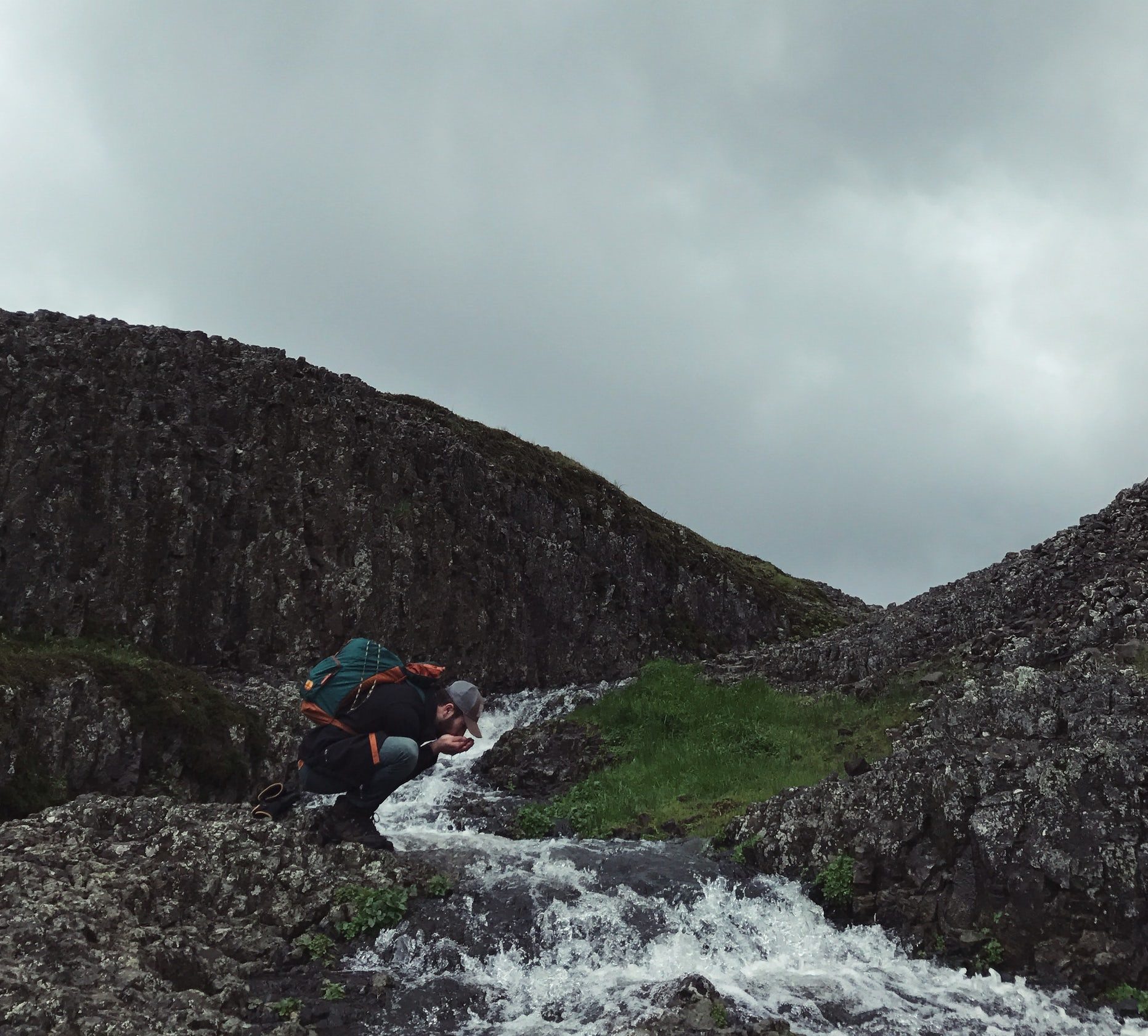Choosing the best water filters when out hiking

For avid travelers and hikers, packing the right essentials is key to a good trip in the mountains and woods. Many backpackers can only take what they can fit in their backpacks. Otherwise, it all becomes too heavy to take on long hikes. With that in mind, they have to take into careful consideration just how they are going to pack food, sleeping kit, first aid, and, most importantly, water.
Water can get heavy when packing for a hiking trip. This is why many professional hikers suggest researching beforehand the possible sources of water in the area they intend to travel in. This will allow them to identify where clean, reliable water sources are, so they don’t have to lug water around all day. Due to the benefit of clean, on-site water, a hiker would only need to pack enough to last between water sources. The water available in the terrain would allow them to refill during the trip.
The next tip from professionals is to hesitate before drinking what appears to look like clean water. Although it may look clear and clean, animals probably drink from the water source too, as well as urinate and defecate in it. If that is the case, the water is likely to be infected with nasty germs and bugs.
Thanks to four new inventions, hikers can purify water almost anywhere – they will just need to choose which method works best for them.
Mechanical filter

The first tool that can be used is called a mechanical filter. These devices mechanically filter out all of the nasty germs from the water. Experts believe that for the best results hikers should find a filter that is as small as one micron or less. This allows bugs such as protozoa to be filtered out by the small filter holes. One of the things to consider is that the filter only filters out some chemicals, not all. Not every filter will be able to catch everything in the water.
UV filter
Another type of system uses ultraviolet (UV) light. It works by using a battery powered UV light to kill any nasties in your water. If a hiker chooses this as their water purifying system, they can be sure that it protects against bacteria and viruses that are lurking in the water. When using a UV system, experts suggest using a pre-filter. This will allow the sand and grit to be filtered out first, and then the UV method can be started. It will help the performance of the UV filter overall by getting rid of any of dirt first.
Chemical method

Although hikers generally use the first two methods most often, some still prefer to use chemical purification. This technique requires you to put a special chemical into the container of water. Then, after 15 minutes (or according to the pack directions), the water is safe to drink. Not all people like this way of purifying water because of the chemical taste it leaves in the mouth. However, many people who travel internationally often use these purifiers in case a country’s tap water is not safe to drink. This purifying technique is also used in the United States when there is a major crisis. A chemical purifier will kill most bacteria and viruses. However, it does not kill all germs that could be harmful, so it is best used in tandem with a fine filter.
Boiling
Last, but not least, a technique that has been around for a very long time – boiling. Although it is a very effective way to purify water, it requires time and a heat source. In order to get the best results, the water has to boil for at least one minute so that it gets rid of all of the bugs and viruses.
Some experts say using the boiling method can be a waste of the hikers’ fuel and resources. However, it is an efficient use of resources if a hiker were using some for drinking water, and the rest for cooking a meal. That way, they are getting two uses out of the fuel they burn.
Combo
For those who are avid hikers, there is another option – to combine a couple of purifying methods. For example, there are packages that have water purifiers that come with a chemical treatment. If someone is rather hesitant to drink the filtered water, they may also want to use the chemical filter as well.

Overall, the choice of purifier is up to the individual hiker. Each method has its benefits and should be researched properly. Some other considerations should be taken into account. If a hiker chooses the UV method, they should pack a backup purifier in case the bulb in the purifier breaks or the batteries die. The UV method is also less effective if there is dirt in the water. If a hiker goes for the mechanical filter, they need to be sure that if it breaks, it is fixable. Taking that into consideration, the right tools or a backup method must be packed in case this situation should occur.
If you have any comments then please drop us a message on our Outdoor Revival Facebook page
If you have a good story to tell or blog let us know about it on our FB page, we’re also happy for article or review submissions, we’d love to hear from you.
We live in a beautiful world, get out there and enjoy it. Outdoor Revival – Reconnecting us all with the Outdoors.
